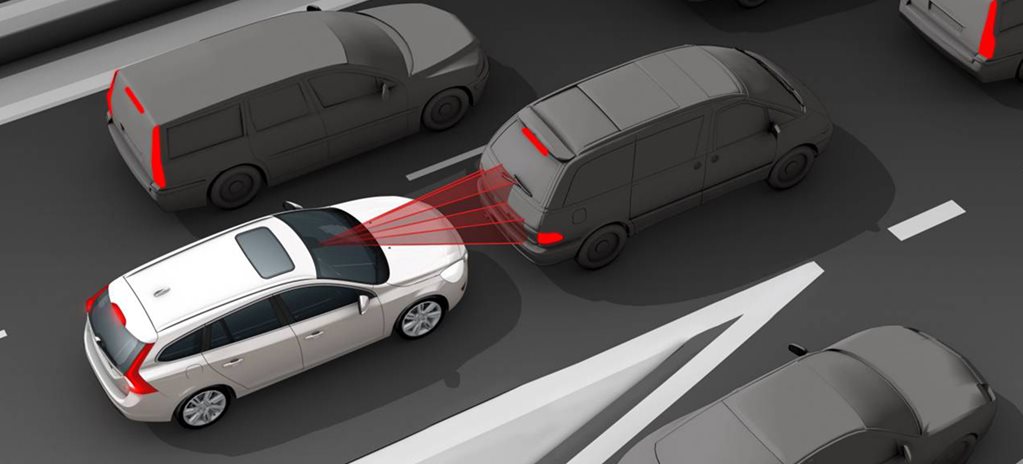
Modern technology means our vehicles are now smarter, faster and safer.
Although it’s not nice to think about what might happen in a car accident, making sure your vehicle has a range of safety features, such as those listed below, can give you peace of mind.
Autonomous braking
Autonomous Emergency Braking (AEB) is a major development in preventing vehicle collisions. Usually, it’s available as an option but many manufacturers now seem to be fitting it as standard. Autonomous braking systems use a variety of sensors around the car and cameras to monitor the roads ahead.
If the driver doesn’t take any actions, the AEB system will automatically kick in and perform an emergency stop to avoid a collision. At lower speeds, the braking system can prevent an accident altogether.
Adaptive cruise control
This maintains a set distance from the driver and the car in front. Should the car in front slow down, the system will automatically reduce your speed to match. If the car then moves out of the way, adaptive cruise control will accelerate and go back to the preset cruising speed.
Traction control
Traction control is an electronically controlled system that limits a wheel spin during acceleration to give the wheel maximum traction. This is particularly useful when starting off in wet or icy conditions. Most traction controls use the car’s anti-lock brake system in order to momentarily brake a spinning wheel, routing the power to the opposite drive wheel.
Blind spot warning systems
Blind spot warning systems can reduce the likelihood of an accident when a car is changing lanes. It alerts drivers to unseen adjacent vehicles via a light in the door mirror. Often backed up by an audible alert if the driver doesn’t make any attempts to change lane.
Tyre pressure monitoring system
Having under or over-inflated tyres can upset the car’s handling and lead to an accident.
Tyre pressure monitoring systems warn of incorrect tyre pressure to help you maintain them at the correct setting. There are two types of pressure monitoring:
- Direct – involving the use of a sensor on the inside of each tyre to measure the pressure and send a signal to the driver via a warning light on the dashboard.
- Indirect – this monitoring system does not have sensors, instead, they use the anti-lock brake system sensors to monitor wheel speed. If the system notices a change in the wheel speed, relative to other wheels, it will calculate the rolling circumference and assume it’s due to a change in tyre pressure.
Active headlights
Basic active headlight systems have additional lights that come on to the left or right of the car specifically for cornering. They light up the bend as you go. Other systems have what is called beam control which links the direction of the headlamp beam directly to the steering.
The most advanced safety systems will not only allow the headlamps to turn as the wheels do, but they use cameras to detect the cars ahead. When another car is sensed, it will adjust the headlight beam automatically, providing the correct amount of illumination without dazzling other road users.
Although it’s good to have all these modern safety gadgets, you also need to make sure your car is roadworthy by making sure it is regularly serviced and has an annual MOT. Get your car booked in for an MOT with Halfords Autocentre between now and October 14 and you won’t have to pay a penny. Simply buy something in store (anything other than a 5p carrier bag that is) and you’ll get your test for free. The offer can be redeemed over 13 months but you can only get the voucher between 10th Sept – 14th Oct.
This is an article provided by our partners network. It might not necessarily reflect the views or opinions of our editorial team and management.
Contributed content

Founder Dinis Guarda
IntelligentHQ Your New Business Network.
IntelligentHQ is a Business network and an expert source for finance, capital markets and intelligence for thousands of global business professionals, startups, and companies.
We exist at the point of intersection between technology, social media, finance and innovation.
IntelligentHQ leverages innovation and scale of social digital technology, analytics, news and distribution to create an unparalleled, full digital medium and social business network spectrum.
IntelligentHQ is working hard, to become a trusted, and indispensable source of business news and analytics, within financial services and its associated supply chains and ecosystems.


























